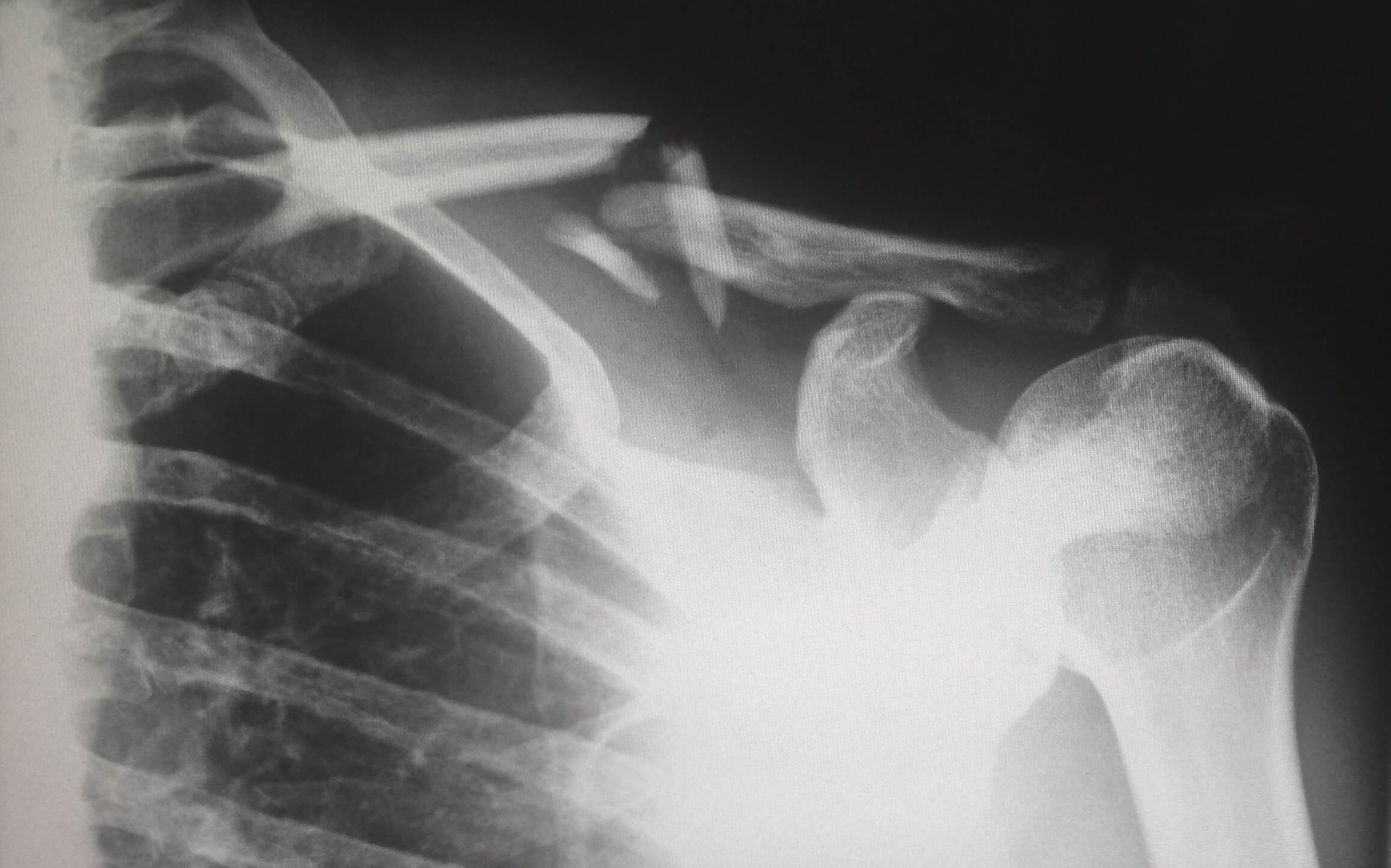Musculoskeletal disorders range from mild to severe and are sometimes work-related.
This can cause health problems for your staff, plus increased rates of absenteeism and long-term absences for your business. In fact, musculoskeletal disorders are responsible for 40% of all sickness absences from work.
In this guide, we’ll tell you everything you need to know about the condition, as well as how to help your employees avoid the consequences.
What is musculoskeletal disorder?
It’s a condition that affects your muscles, joints and bones. It can sometimes cause discomfort and pain that interferes with everyday tasks, like typing or even walking. The risk of these issues usually increases with age.
Often, musculoskeletal disorders occur due to damage to the body that took place at work. You might hear people refer to this as 'occupational musculoskeletal disorder'.
Musculoskeletal disorder symptoms
These conditions can affect any part of the musculoskeletal system (the neck, shoulders, wrists, hips, back, knees, legs or feet). They can also create issues with the tendons, ligaments, blood vessels and nerves in the body.
If your employees are suffering from a musculoskeletal disorder, they might experience the following problems:
- Dull aches.
- Recurring pain in specific areas, such as the neck or shoulders.
- Swelling around the joints.
- Stiffness in the joints.
The result is employees might develop a limited range of motion or have trouble carrying out routine activities, such as lifting objects or walking up the stairs.
What are some examples of musculoskeletal disorder?
These disorders come in various forms. Some of the most common examples of musculoskeletal disorder include:
- Muscle strain: This occurs when a muscle is torn or overstretched.
- Carpal tunnel syndrome: This causes numbness, pain and tingling in the arm and is due to swelling of the median nerve in the arm.
- Tendonitis: Also referred to as 'tennis elbow', it occurs when a tendon swells up and becomes painful as a result of injury or repetitive strain.
- Ligament sprain: This happens when ligaments become stretched or torn.
- Trigger finger: This affects one or more fingers (or thumbs), making it difficult to bend the affected digits.
- Mechanical back syndrome: Linked to the movement of the spine and occurs due to injury to the spinal discs, joints, ligaments or muscles.
There are many other examples of musculoskeletal disorders and though not all of them occur due to workplace activities, there are steps you can take to limit the risk of your staff being affected. We’ll cover these later.
Causes of musculoskeletal disorders
Generally, an employee’s risk of developing this type of condition can depend on the following factors:
- Family history.
- Activity level.
But when it comes to the workplace, there are numerous influences that can increase the chances of your staff members suffering from a musculoskeletal disorder, such as:
- Sitting at a computer in the same position every day.
- Maintaining poor posture in the workplace.
- Engaging in repetitive movements.
- Frequent heavy lifting.
It’s important to monitor your employees' health & safety on a regular basis to ensure they’re not at risk of strain or injury.
Preventing musculoskeletal disorders in the workplace
Physical health has an impact on mental wellbeing, so ensuring your employees are physically healthy and free of pain or injury will contribute to a happier, more productive workforce. It’ll also lower rates of absenteeism too.
Although you can’t guarantee good physical health all the time, there are a number of ways to prevent musculoskeletal disorders at work:
This allows your teams to move between different tasks to prevent repetitive movements. Your staff will be engaging different muscle groups, allowing each part of the body to recover.
If your employees work in teams, any muscular work will be distributed more evenly. Involve your staff in the planning and allocation of tasks and ensure they alternate between activities to reduce the risk of strain and injury.
Evaluating your working environment will help to identify any areas that are at high risk for musculoskeletal disorders.
Your workstations need to be fully adjustable and give your employees the option to work in either a sitting or standing position. They should also be comfortable in relation to each staff member’s height and body shape.
If your industry involves a lot of repetitive tasks, you should provide frequent training to inform your employees on how to adjust their workstations and use tools or equipment correctly.
You should also stress the importance of rest periods and encourage your staff to take regular breaks in order to relax their muscles, or stand up and go for a walk if their job involves a lot of sitting down at a computer.
Expert support
If you’d like any more guidance on how to prevent musculoskeletal disorders in the workplace, get in touch with HA | Wisdom Wellbeing today on 0844 892 2493




